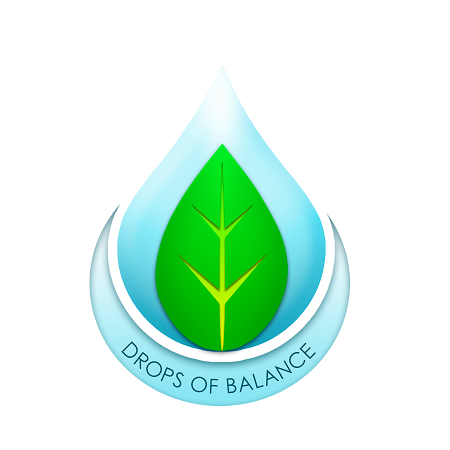
Are You Poisoning Your Tomatoes? The Hidden Truth About Tap Water That 80% of Gardeners Don't Know
your tomatoes are struggling. you're following every guide. optimal soil. perfect fertilizer ratios. ideal spacing.
still failing.
the problem isn't what you're adding. it's what you're not removing.
tap water composition analysis
municipal water systems add chemicals. chlorine concentrations: 0.2-4.0 ppm. chloramine levels: 1.0-4.0 ppm. fluoride content: 0.7-1.2 ppm.
these compounds accumulate. soil chemistry shifts. plant uptake becomes compromised.
standard testing reveals:
- lead traces: 0-15 ppb
- copper residue: 0-1.3 ppm
- aluminum particles: variable
- pharmaceutical residues: unmeasured
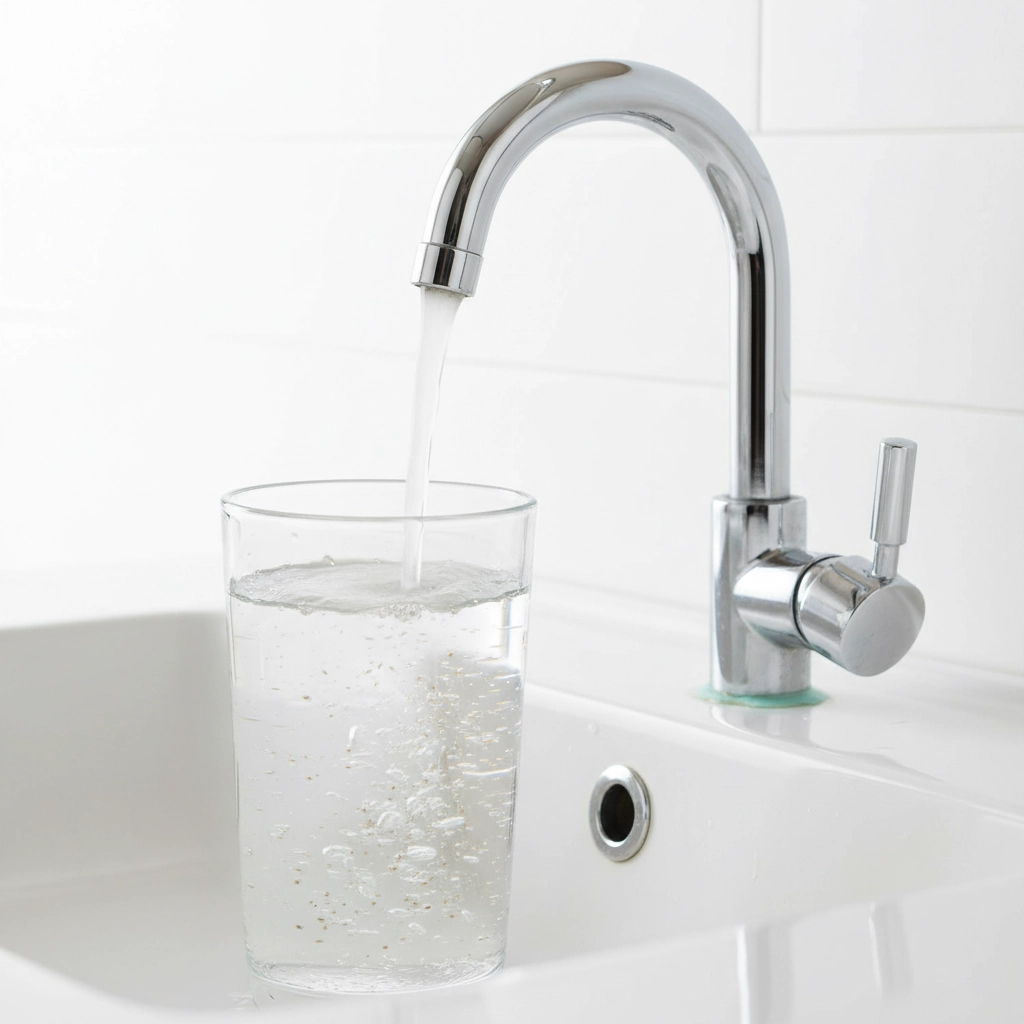
your garden becomes a chemical repository. each watering session deposits more contaminants.
pH disruption in tomato cultivation
tomato plants require soil pH: 6.0-6.8. slightly acidic conditions optimize nutrient absorption.
tap water pH ranges: 6.5-8.5. most municipal supplies trend alkaline. repeated applications shift soil chemistry upward.
alkaline soil blocks:
- iron uptake
- manganese absorption
- phosphorus availability
- zinc transport
yellowing leaves. stunted growth. poor fruit development. classic symptoms of pH-induced nutrient lockout.
chlorine impact on soil biology
chlorine kills bacteria. that's the point. municipal treatment targets harmful pathogens.
soil contains beneficial microorganisms. bacteria. fungi. protozoa. these organisms process nutrients for plant uptake.
chlorinated water destroys soil biology. microbial populations crash. nutrient cycling stops.
research data shows chlorine concentrations above 2 ppm significantly reduce:
- beneficial bacteria count: 40-60% reduction
- mycorrhizal fungal networks: 30-50% decrease
- soil enzyme activity: 25-45% decline
dead soil equals dying plants.
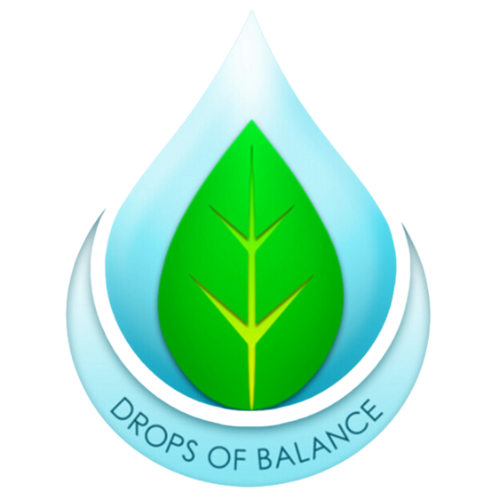
heavy metal accumulation patterns
tap water carries dissolved metals. copper from pipes. lead from old connections. aluminum from treatment processes.
these metals don't disappear. they accumulate in soil particles. plant roots absorb trace amounts.
over time: toxic buildup occurs.
symptoms manifest gradually:
- leaf tip burn
- interveinal chlorosis
- growth retardation
- fruit deformation
heavy metals interfere with enzyme systems. cellular processes malfunction. plant health deteriorates.
chloramine persistence factor
many water systems switched from chlorine to chloramine. chloramine lasts longer in distribution systems. provides extended disinfection.
problem: chloramine doesn't evaporate. letting water sit overnight won't help.
chloramine breaks down into:
- ammonia
- chlorine
both compounds damage plant tissues. ammonia burns root systems. chlorine disrupts cellular functions.
standard dechlorination methods fail against chloramine.
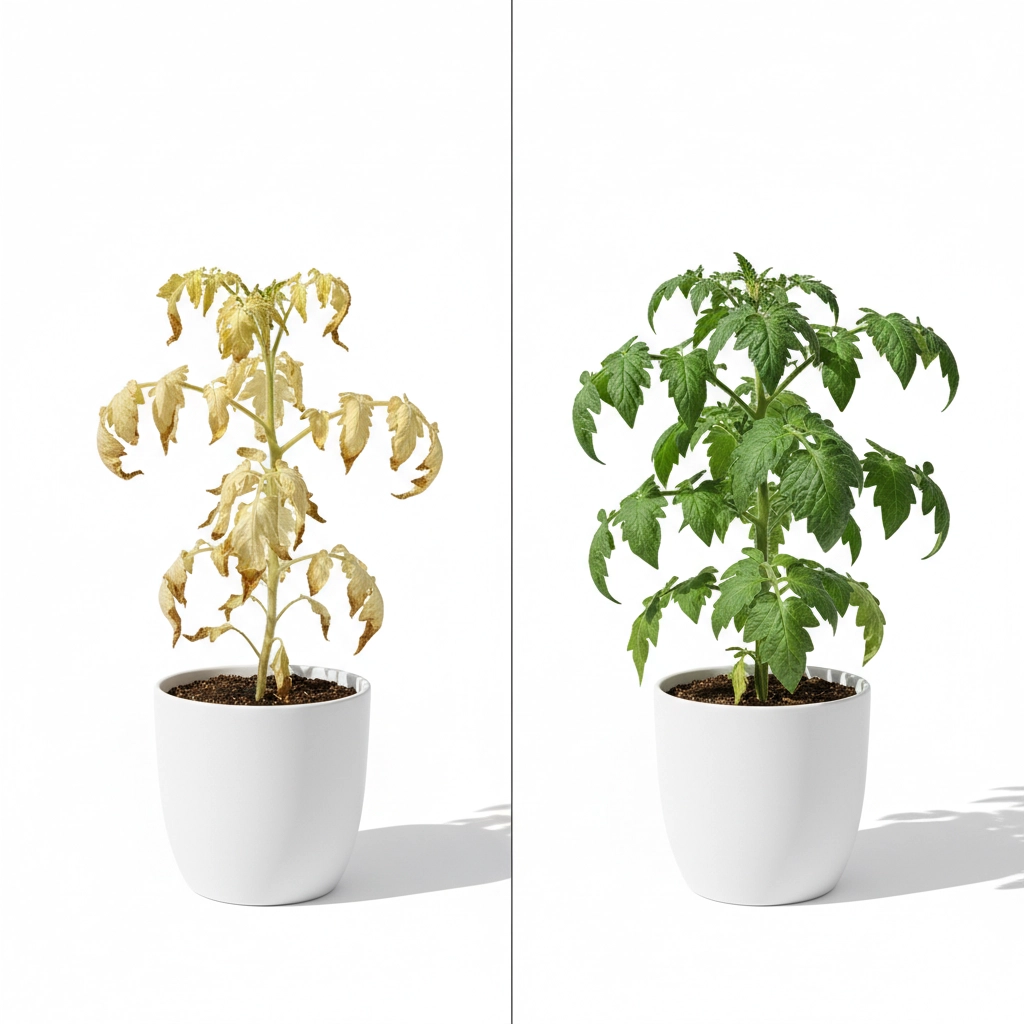
nutrient transport interference
contaminated water blocks mineral absorption. plants show deficiency symptoms despite adequate fertilization.
calcium transport: impeded by fluoride iron uptake: blocked by chlorine potassium absorption: reduced by chemical interference magnesium availability: limited by pH shifts
your expensive fertilizers become worthless. nutrients remain locked in soil. plants starve amid plenty.
root system damage assessment
chemical exposure weakens root structures. cell walls become permeable. beneficial bacteria die off.
damaged roots cannot:
- absorb water efficiently
- transport nutrients properly
- resist pathogen invasion
- support plant growth
root rot increases. fungal infections spread. plant immunity collapses.
the underground foundation of your garden crumbles.
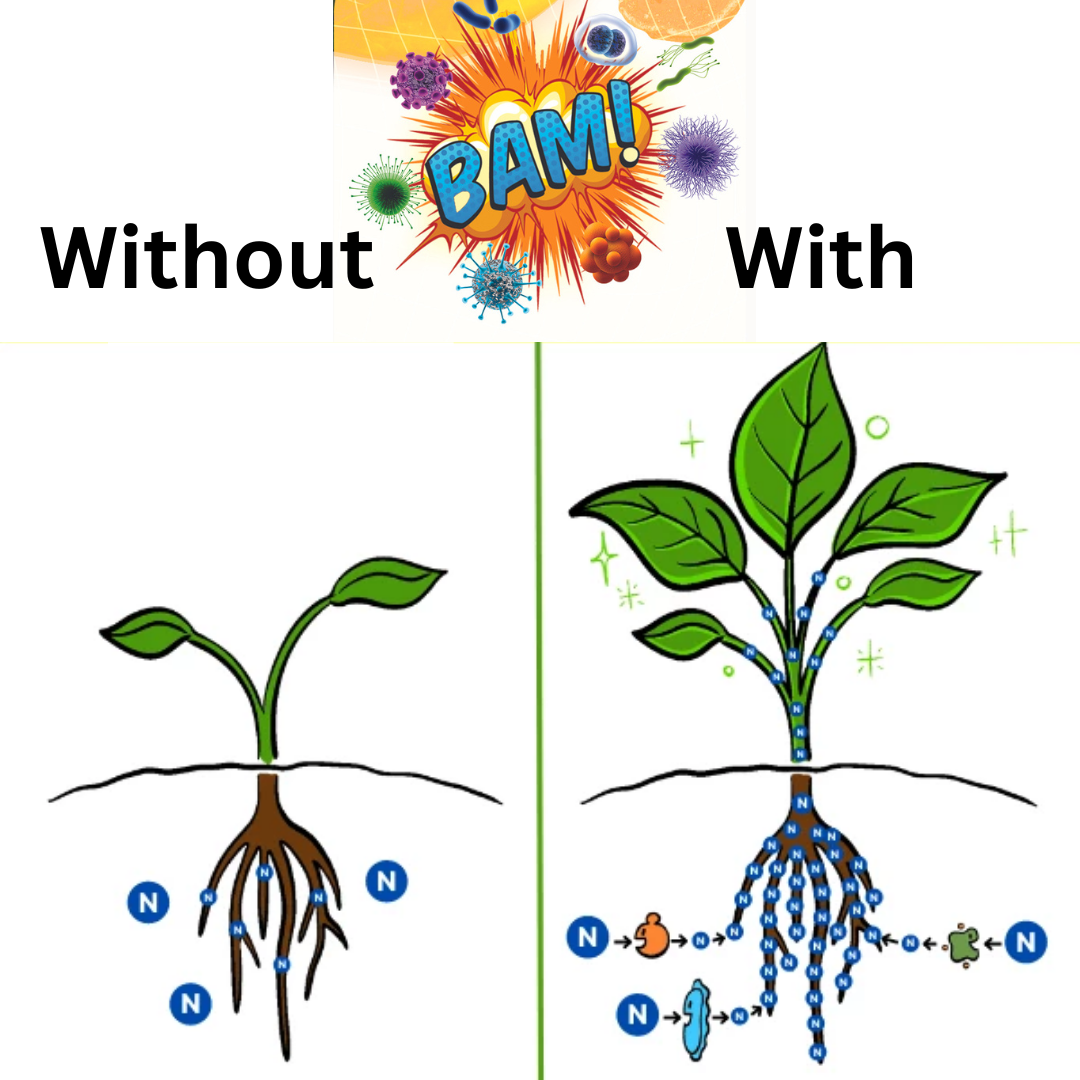
solution implementation protocol
water treatment becomes essential. standard filtration removes some contaminants. reverse osmosis eliminates most chemicals.
but demineralized water creates new problems. plants need trace minerals. pure water leaches nutrients from soil.
optimal approach: remove toxins. add beneficial minerals.
drops of balance addresses both requirements. neutralizes harmful chemicals. replenishes essential trace elements.
treatment protocol:
- eliminates chlorine/chloramine
- removes fluoride compounds
- neutralizes heavy metals
- adds sulfated minerals
- balances pH naturally
mineral replacement therapy
treated water lacks essential elements. plants require trace minerals for proper function.
sulfated minerals provide bioavailable nutrition:
- sulfur for protein synthesis
- magnesium for chlorophyll production
- iron for enzyme activation
- zinc for growth regulation
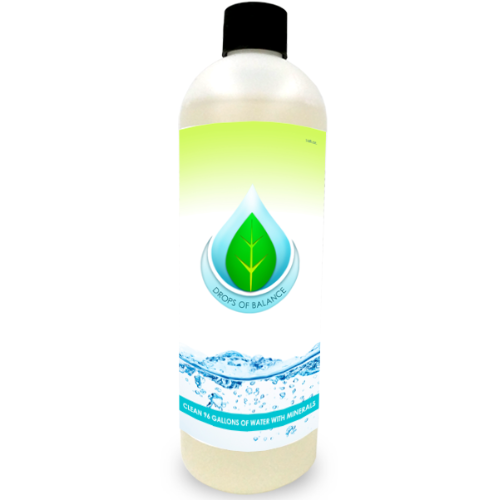
drops of balance contains concentrated trace minerals. extracted from ancient sea beds. processed for maximum bioavailability.
application rates vary by use:
- drinking water: 2.5ml per gallon
- plant watering: 0.5ml per gallon
- foliar spray: 2ml per gallon
soil microbe restoration
healthy soil requires living organisms. bacteria process organic matter. fungi transport nutrients. protozoa cycle elements.
chemical-free water allows microbial recovery. populations rebuild over 2-4 weeks. soil biology returns to normal function.
beneficial microbes:
- break down organic matter
- release bound nutrients
- protect against pathogens
- improve soil structure
living soil produces healthier plants. stronger root systems. increased disease resistance. better fruit production.
implementation timeline
week 1-2: begin water treatment. soil chemistry starts improving. week 3-4: microbial populations recover. nutrient cycling resumes. week 5-8: visible plant improvement. stronger growth patterns. week 9-12: optimal soil conditions achieved. maximum plant performance.
consistency matters. every watering session counts. untreated water undoes progress.
cost analysis breakdown
municipal water appears free. hidden costs accumulate:
- failed plants: $50-200 per season
- replacement soil amendments: $30-100 annually
- additional fertilizers: $40-150 per year
- pest control treatments: $25-75 per season
total annual costs: $145-525
drops of balance treatment costs: $0.02-0.15 per gallon treated.
average garden requires: 1000-3000 gallons per season. treatment cost: $20-450 annually.
healthier plants. better yields. reduced replacement costs. net savings achieved.
your tomatoes deserve clean water. your soil needs protection. your garden requires balance.
chemical-laden tap water sabotages even the best gardening practices. every watering session deposits toxins. soil health deteriorates. plant performance suffers.
the solution exists. water treatment technology works. trace mineral replacement restores balance.
stop poisoning your tomatoes. start treating your water.
visit drops of balance for complete water treatment solutions.
